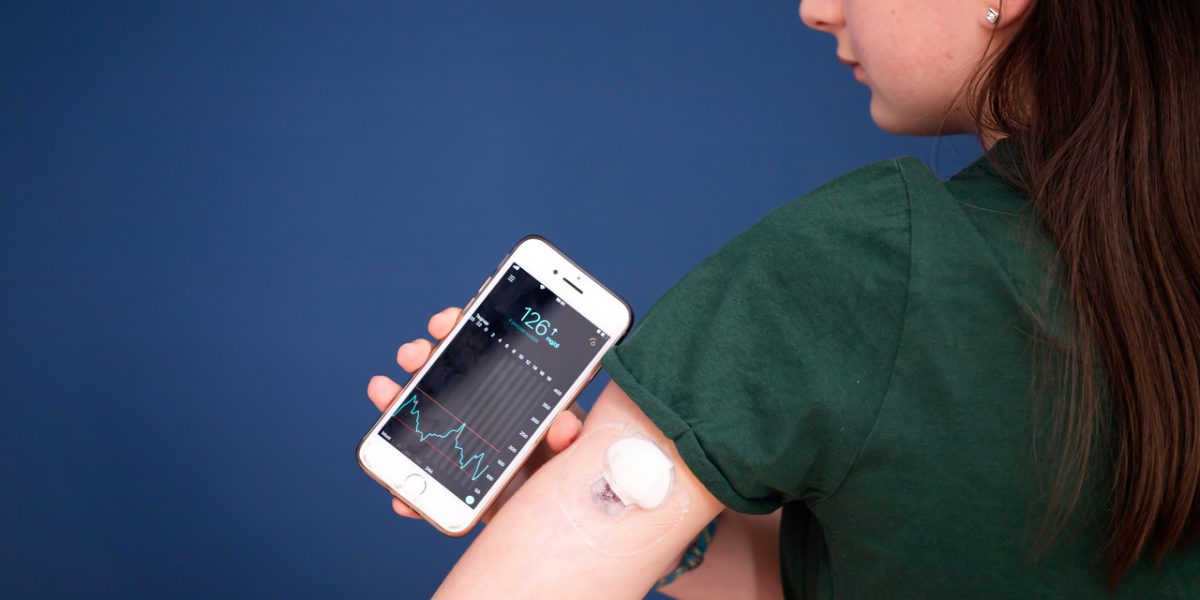Lowering and keeping blood sugar in the ideal range is key to avoiding the risk of certain chronic diseases such as stroke and heart attack.
In addition, it is necessary for overall well-being, whether you have diabetes, prediabetes, or generally experience the ill effects of blood sugar swings.
High Blood Sugar Levels – An Overview
The amount of sugar or glucose in your blood is called blood sugar. If your blood sugar is over 126 mg/dl before eating or over 200 mg/dl two hours after eating, it’s called high blood sugar or hyperglycemia.
If it’s not treated promptly and properly, high blood sugar can cause a build-up of glucose content, which increases the risk of diabetes, stroke, and heart disease.
You will know that you are suffering from high blood sugar with the following symptoms:
- Frequent urination
- Fatigue
- Increased hunger/thirst
- Headaches
- Difficulty in concentration
- Blurry vision
The ranges for high blood sugar differ for each person, depending on age, how long diabetes has been present, and if other health issues are present. Therefore, keeping blood sugar levels within the range set by your healthcare team is vital.
If you have diabetes, managing your blood sugar levels is essential.
Here are some simple yet effective ways to reduce your blood glucose. However, ensure you’ve taken your insulin or other diabetes medications first. If you miss a dose, your blood sugar level can drop suddenly.
Hydrate Yourself
Paying attention to your hydration level is the first and foremost thing to do when you have a sudden blood sugar spike. When your blood sugar is high, your body releases the excess glucose through the urine, cleansing it out.
Hence, instead of juice or carbonated drinks, consume plenty of water to dilute the blood sugar quality. Moreover, the sugars in your blood are more concentrated when dehydrated.
Walking or Spot Jogging
If you experience any symptoms of high glucose levels, a simple exercise can help to lower sudden blood sugar spikes. For example, take a short walk or light jogging to stop the spikes.
Read more: 13 Health Benefits of Morning Walking Regularly
Any aerobic exercise will assist you in balancing your blood glucose. For example, walking for 20 minutes can lower blood glucose.
Consume Fibre-rich Foods
Certain foods can help to regulate blood sugar levels throughout the day. For example, high-fibre foods take longer to break down, which helps to maintain even blood sugar levels.
Additionally, research has shown that fibre-rich foods like spinach, cereal (like oatmeal, barley etc.), and avocados may even help to reduce the risk of developing type 2 diabetes.
Cut Down the Simple Carbs
One of the primary causes of high blood sugar is eating too many refined carbs. These carbs have been processed and had much of the fibre removed.
Your body quickly processes and absorbs these types of carbs, turning them into sugar. To prevent blood sugar spikes, you should avoid eating bread, pasta, rice, and other carb-rich foods. Instead, go for low-carb veggies, healthy fats, and lean proteins.
Elevate the Electrolyte Level
If your blood sugar level spikes suddenly, you will urinate more than usual. It means you are losing water, and your electrolyte levels, including magnesium, potassium, and phosphates, will be extremely low.
Read more: 6 Best Electrolyte Drinks to Rejuvenate You
Electrolytes are required to maintain adequate body functions, so quick replenishment is essential. Foods like bananas, sweet potatoes, and nuts can help you stay balanced.
Relax With Meditation
Stress is another reason for the sudden sugar spike in your blood. Therefore, meditation or yoga will cause a significant decrease in blood sugar levels. Breathe through a yoga session to reduce anxiety, clear the mind, and relax the body effectively.
Read more: Meditation and Blood Glucose: Is There a Connection
Fast-acting Insulin
Your doctor prescribes fast-acting insulin to help control the blood sugar spikes that might naturally happen when you eat. Your body absorbs it quickly, and it starts working within 15 minutes after injection to lower high blood sugar after meals.
The prescribed fast-acting mealtime insulin for people with type 1 or type 2 diabetes starts working faster than regular human insulin.
The HealthifyMe Note
When your blood sugar level becomes too high, the quickest way to reduce it is to take fast-acting insulin. Exercising and drinking water are also fast, effective ways to lower blood sugar. In addition, consuming regular and nutritious meals will give you consistent energy throughout the day, avoiding high blood glucose levels.
Tips to Avoid High Sugar Level Emergency
The perfect way to reduce your blood sugar level is to prevent the spike in the first place. So here are some tips to avoid an emergency.
- Avoid sitting or lying immediately after a meal, as this passive practice increases blood sugar levels.
- Don’t skip breakfast, the first and foremost meal of the day, as it will potentially impact blood glucose.
- Getting a good quality sleep regime is critical to avoid any imbalance in sugar levels.
- Regular exercise will regulate the blood glucose level, burning the excess amount right away.
- Consume healthy meals and nutritious snacks, which is vital to prevent sugar spikes.
- Eat low-glycemic index foods such as leafy green vegetables, raw carrots, chickpeas and lentils that will show minimal effect on glucose levels.
- Keep track of your portion to ensure you are not overeating and affecting your insulin function.
Conclusion
Prevention is key to keeping blood sugar in the normal range. However, understanding how to lower it during an emergency will prevent complications. Consult your healthcare professional before taking any fast-acting insulin.
In addition, sticking to a balanced diet, controlling physical activity and having a quality sleep pattern are key factors in lowering blood sugar level naturally and keeping it under control.

